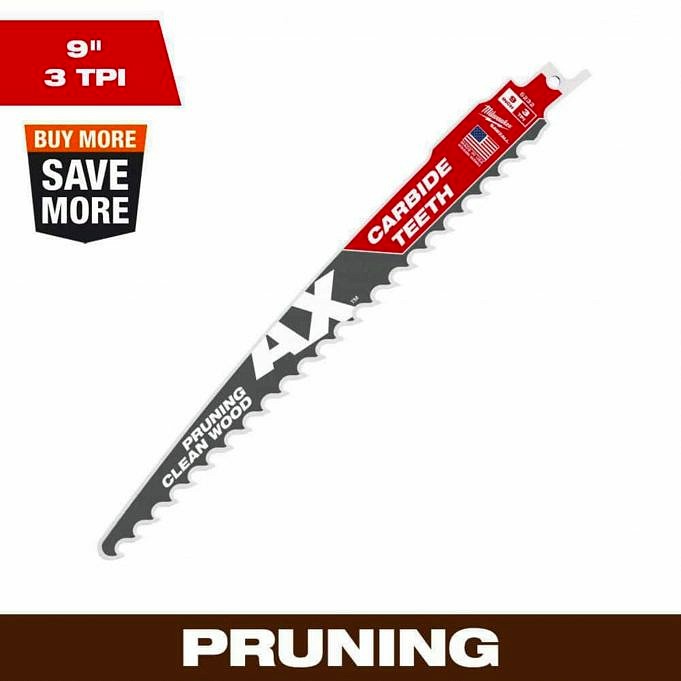Are you unable to clean your reciprocating saw because it has been collecting dust?
It was a feeling I felt the same way. My reciprocating saw was used for a job and when it came time to clean it, it was hard to know where to begin. This is why I created this guide to cleaning a reciprocating saw.
This guide will help you clean and maintain your reciprocating saw so it lasts longer. Your reciprocating saw will look like new and you won’t need to deal with gunk or grime.
Step-by-Step Cleaning A Reciprocating Saw
These are the steps you need to take to make your saw run like new.
Step 1
Before you start cleaning your reciprocating saw, disconnect the power cord from its circuit breaker. Next, hold the reciprocating saw in one hand and take out any attachments. Next, remove the screws that hold the blade guard/housing in place with a screwdriver. Next, take off the blade cover. Make sure you also remove any screws.
Step 2
To clean your reciprocating saw you need to flip it upside down. Next, use a paper towel or a cloth to remove any dirt and debris. You should also check for dust and grime in corners or other difficult-to-reach places that can build up over time from not cleaning it often enough. Check for loose parts, such as bolt heads and screws, by resetting the machine. These loose parts can be removed with round-nosepliers. Next, unclog the tool.
Step 3
To clean the exterior of your reciprocatingsaw, you will need to use a toothbrush with isopropyl alcohol. It is important to not allow the tool to become moistened for too long, as this could cause damage to the wood or paint finish. Carbon buildup can also be checked. These deposits should be removed with a suitable cleaning product like gasoline or kerosene. After following the steps above, your machine should look brand new.
Step 4
Reassembling the reciprocating saw is the final step. After reattaching all moving parts, you will need oil (3-in-1 sewing machine or WD40). Make sure you remove any bolts or screws that may have been left over from the previous use. Otherwise, your reciprocating saw could be unsafe to use. You can now turn on your power cord and check out the new functionality.
How Can You Safely Operate A Reciprocatingsaw?
Reciprocating saws can only be used to cut wood, metal, or plastic. Under no circumstances should you attempt to use this tool on animal or human flesh. For maximum control and protection from injury, the machine must be held with both hands. To protect your eyes from flying debris, always wear safety glasses when operating a reciprocating saw. Even with all these precautions, you still have the risk of getting seriously hurt by the blade.
What Do I Need To Do To Clean My Reciprocating See?
The reciprocating saw can be used for many hours so it is important to keep it clean and free of dirt. You might be exposed to oil-based lubricants or paint thinner, so you should clean it with isopropyl alcohol. If the blade gets duller over time, it is worth buying a new one. Also, continue reading our guide on how you can clean a reciprocating saw.
There Are Many Types Of Blades That Can Be Used With A Reciprocating-saw:
Reciprocating saws can use many blades, including
- Wood cutting blade
- Metal cutting blade
- Flush-cut saws
- Metal cutting hacksaw
- Diamond blades
How Do I Clean My Reciprocating Saw?
A pressure washer or air compressor are the best tools to clean a reciprocatingsaw. These can remove dirt and grime. If you don’t have this equipment, you can wipe down the tool with soap and water. Finally, you can apply lubricant (3 in-1 oil, sewing machine oils, or WD40), which will make it look brand new!
Tips To Get The Most From Your Reciprocating Saw
- Use a wood cutting knife with your reciprocatingsaw. However, if necessary, ensure that the blade is set deep enough to suit your project.
- You will have more reach with longer blades, but it is important to not apply too much pressure. Otherwise it could snap!
- To prevent any damage, gently insert and remove the blades. Also, ensure that there is no rust on the blades before you use them.
- This guide will show you how to hold a reciprocating saw properly for better aim and control.
- The depth control bar limits the amount of cuts that can be made. This feature is useful when you need to cut within a restricted space.
- To protect your eyesight from flying debris, always wear safety glasses when operating a reciprocating saw.
Conclusion
It is important that you clean your reciprocating saw regularly now that you are familiar with how it works. This will not only keep your saw looking great, but also prevents any injuries or accidents from happening. It is easy to keep your reciprocating saw safe and long-lasting. Get started today!



